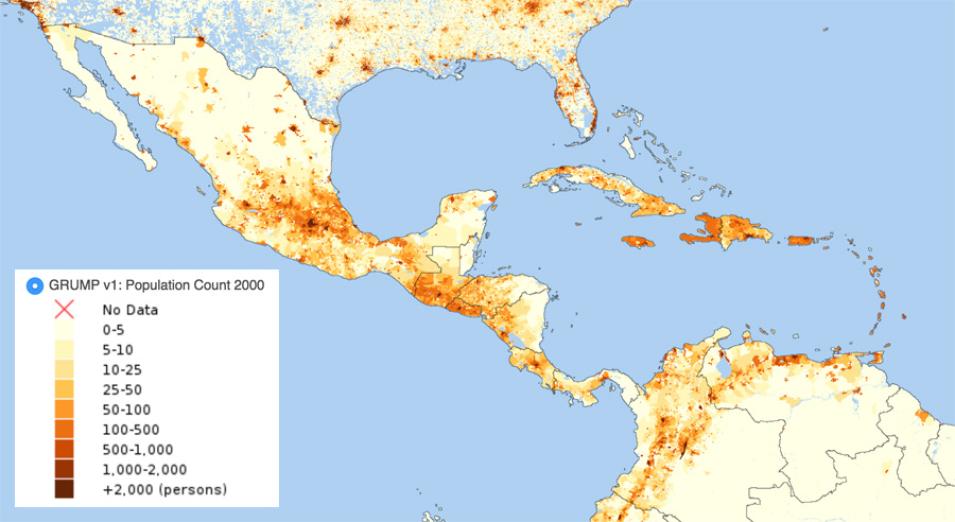In Central America, maize and bean farmers have mastered an agricultural relay that rides two rainy seasons. Farmers plant maize, or corn, in May, when the first rains arrive. Then a short dry spell called the canícula straddles July and August. When the second rainy season arrives in September, farmers plant beans between the rows of maturing maize. The maize is harvested in October, and the beans in November. In sync with land and climate, the method has helped farmers grow these beloved staples for decades.
However, everything hinges on the canícula, roughly translated to dog days or high summer. When the canícula arrives early, or is drier or lasts longer than usual, it threatens crops in both planting seasons. An unpredictable canícula also nixes the possibility of a third planting in humid regions.
In the last decade, recurrent droughts, excessive rains, and flooding have plagued Central America. And in the last four years, a deep drought has settled in, often intensifying the canícula and preventing either rainy season from happening at all. In the Dry Corridor, an arid swath of lowlands covering the Pacific Coast from El Salvador to Costa Rica, maize farmers have lost more than 60 percent of their crop, and bean farmers 80 percent. Humanitarian organizations estimate that close to half a million people are vulnerable to moderate to severe food shortage. Reports of people leaving farming areas for jobs in nearby cities and countries have dire implications for the region’s food security.
Valerie Mueller, formerly a researcher at the International Food Policy Research Institute in Washington, D.C. and now an assistant professor at Arizona State University, was drawn to the growing crisis in Central America as well as in Mexico and the Caribbean. She had been studying similar drought-related crises in Asia and Africa by probing population and climate data. The drought and migrations in Central America and neighboring countries suggested a strong link between climate and migration. Could the data yield patterns that might help humanitarian organizations find the best way to provide aid?



